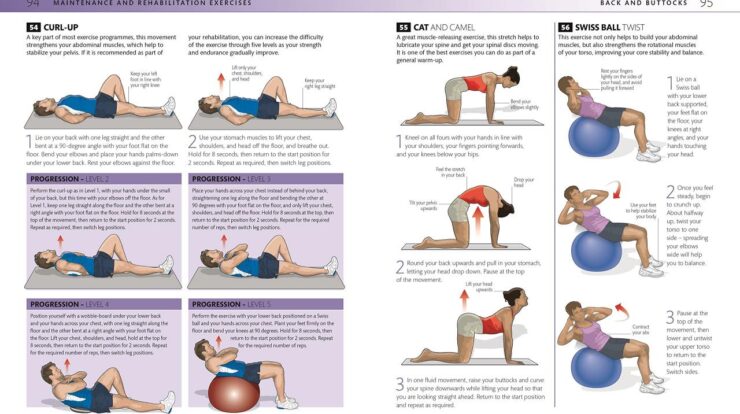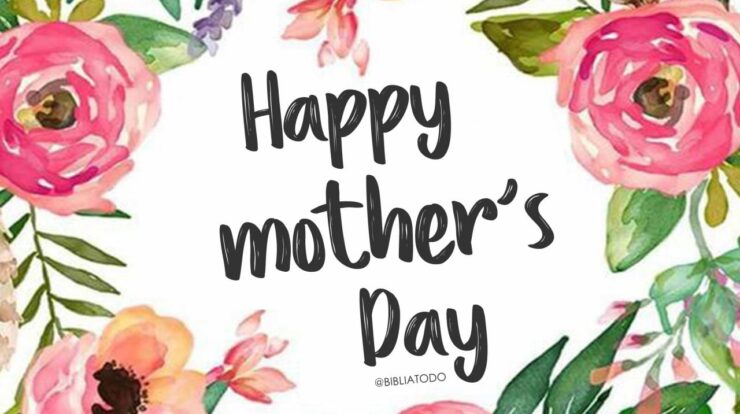
Wrap meaning encompasses a diverse range of applications, from practical packaging to artistic expression. As a noun, verb, and adjective, “wrap” takes on various forms, each conveying a distinct purpose and significance.
In the realm of packaging, wrapping serves as a protective barrier, safeguarding delicate items from damage. It also plays a crucial role in food preparation, maintaining freshness and preventing contamination. Beyond its practical uses, wrapping holds cultural and artistic value, reflecting societal norms and inspiring creative designs.
Wrap: A Versatile and Multifaceted Concept: Wrap Meaning

The term “wrap” encompasses a wide range of meanings and applications, extending from its literal interpretation to more abstract and metaphorical contexts. In its most basic sense, a wrap is an object or material that is used to cover, protect, or enclose something.
Etymologically, the word “wrap” traces its origins to the Old English word “werpan,” meaning “to throw” or “to cast.” This suggests that the concept of wrapping has been ingrained in human language and culture for centuries.
Functions and Uses
Wrapping serves a multitude of practical functions across diverse domains:
- Packaging:Wrapping is essential for preserving and transporting goods, providing protection from external elements and maintaining product integrity.
- Clothing:Wraps, such as shawls, scarves, and blankets, are used to provide warmth, comfort, and style.
- Food preparation:Wraps are employed in cooking to preserve moisture, enhance flavors, and prevent contamination.
Types and Materials, Wrap meaning
The materials used for wrapping vary depending on the intended purpose:
- Paper:Commonly used for packaging, paper wraps are biodegradable and recyclable, making them an environmentally friendly option.
- Plastic:Plastic wraps offer excellent protection from moisture and contamination, making them suitable for food preservation.
- Fabric:Fabric wraps, such as cotton and silk, are soft, breathable, and can be used for clothing, gift wrapping, and decorative purposes.
Techniques and Styles
Various wrapping techniques and styles exist:
- Folding:This involves using precise folds to create neat and compact wraps, often used in gift wrapping.
- Rolling:Rolling is a simple and effective technique for wrapping cylindrical objects, such as food or fabric.
- Tying:Wraps can be secured using ribbons, strings, or other materials, adding both functionality and aesthetic appeal.
Cultural and Artistic Significance
Wrapping holds cultural and artistic significance in many societies:
- Gift-giving traditions:The art of wrapping gifts has been elevated to a form of expression, conveying respect and care for the recipient.
- Art and design:Wraps have been used as a medium for artistic expression, from intricate origami creations to conceptual installations.
Final Review

From its humble origins as a protective covering to its multifaceted roles in modern society, wrap meaning continues to evolve. Whether adorning gifts, insulating homes, or inspiring artistic masterpieces, wrapping remains an integral part of our daily lives, fulfilling both functional and aesthetic needs.
FAQ Resource
What are the different types of wrapping materials?
Common wrapping materials include paper, plastic, fabric, and foil, each with unique properties suited for specific purposes.
How does wrapping contribute to cultural traditions?
Wrapping holds cultural significance in gift-giving practices, religious ceremonies, and artistic expressions, reflecting societal values and beliefs.
What are some innovative wrapping techniques?
Modern wrapping techniques include origami-inspired folds, intricate knots, and the use of unconventional materials, showcasing creativity and personal style.





